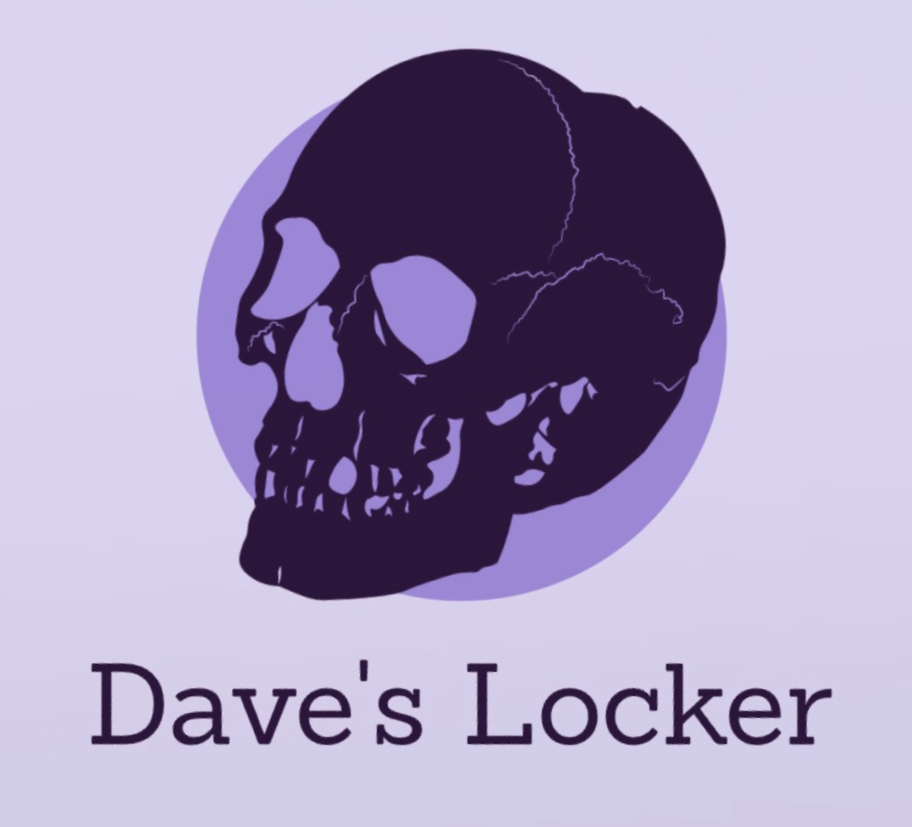When the Internet Gets a Migraine: The DDoS Attack Phenomenon
# **When the Internet Gets a Migraine: The DDoS Attack Phenomenon**
In the vast, interconnected web of the internet, there’s a digital equivalent of a traffic jam that’s been making headlines globally: the DDoS attack. Short for Distributed Denial of Service, a DDoS attack is like the internet’s version of a flash mob gone rogue—except instead of breaking out into a synchronized dance, a bunch of compromised devices flood a website or online service with so much traffic that it grinds to a halt. And lately, these digital mobs have been causing quite the stir.
## **Why the Sudden Frenzy?**
DDoS attacks have been around for ages, but they’ve recently surged in popularity—both in frequency and in the news cycle. Why? Well, for starters, the internet has become the backbone of modern life. From online banking to streaming your favorite shows, we rely on it for just about everything. When a DDoS attack knocks out a major service, it’s not just an inconvenience; it’s a full-blown digital crisis.
Take, for example, the recent attacks on major gaming platforms like Xbox Live and PlayStation Network. Gamers worldwide were left twiddling their thumbs, wondering if their controllers would ever light up again. And let’s not forget the attacks on government websites, financial institutions, and even healthcare services. When the internet sneezes, the world catches a cold.
## **The Cultural Context: From Script Kiddies to Cyber Warfare**
DDoS attacks have evolved from the domain of “script kiddies” (amateur hackers using pre-written scripts) to a tool in the arsenal of state-sponsored cyber warfare. Remember the 2007 cyberattacks on Estonia? Or the 2015 and 2016 attacks on Ukraine’s power grid? These weren’t just pranks—they were coordinated efforts to disrupt entire nations.
And let’s not forget the rise of the “hacktivist” movement. Groups like Anonymous have used DDoS attacks as a form of digital protest, targeting everything from corporate giants to government agencies. It’s the internet’s version of a sit-in, but with more bandwidth and fewer sandwiches.
## **The Social Impact: When the Internet Goes Dark**
The social impact of DDoS attacks is far-reaching. Imagine trying to order food during a pandemic lockdown, only to find your favorite delivery app down. Or picture a small business relying on e-commerce to stay afloat, only to be crippled by an attack. The ripple effects are real, and they hit hard.
But it’s not all doom and gloom. DDoS attacks have also sparked a wave of innovation in cybersecurity. Companies are investing heavily in protective measures, from AI-driven threat detection to cloud-based mitigation services. It’s a digital arms race, and the stakes have never been higher.
## **Why Should You Care?**
If you’re reading this, chances are you’re already affected by DDoS attacks—even if you don’t realize it. Every time you see a “Service Unavailable” message, there’s a chance it’s the result of a DDoS attack. And as our world becomes increasingly digital, the threat of these attacks looms larger than ever.
So, what can you do? Stay informed, practice good cyber hygiene, and maybe invest in a good old-fashioned board game for those inevitable internet outages. After all, if the internet goes down, you might as well break out the Monopoly.
## **Conclusion: The Internet’s Never-Ending Game of Whack-a-Mole**
DDoS attacks are a reminder that the internet is both a marvel and a minefield. They highlight our reliance on digital infrastructure and the vulnerabilities that come with it. But they also showcase the resilience of the human spirit—and our collective ability to adapt, innovate, and find a way to keep the lights on.
So, the next time you’re stuck in a digital traffic jam, remember: it’s not just a glitch in the matrix. It’s a battle being fought in the shadows of the web, and the stakes are higher than ever.
—







